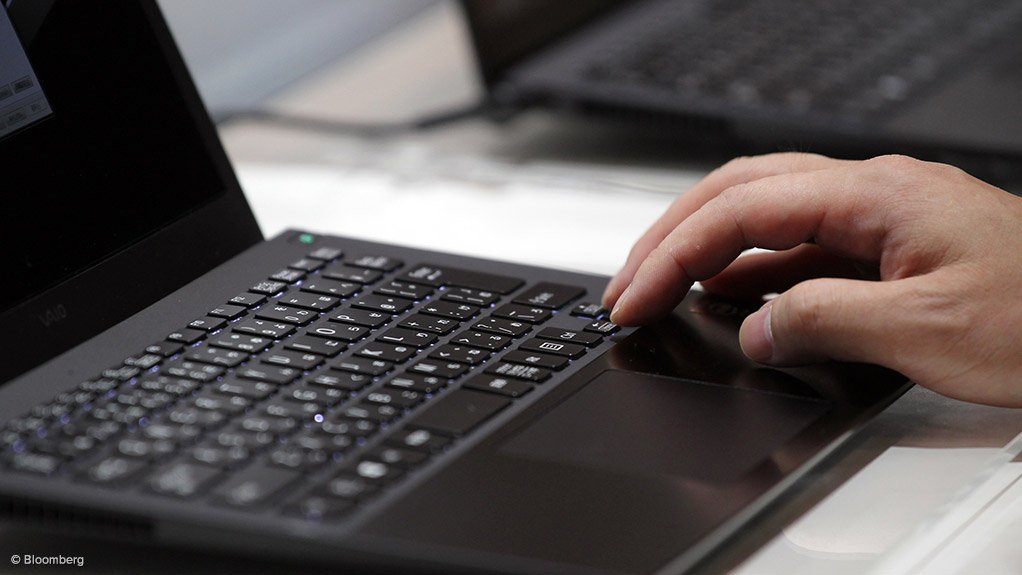Fifteen years after the United Nations agreed on the Millennium Development Goals (MDGs), much progress had been made in the development of information and communications technology (ICT) worldwide.
However, much more progress was needed to ensure that the four-billion unconnected people, mostly in developing countries, gain access to the revolution that had driven “unprecedented” global development since 2000.
“Technological progress, infrastructure deployment and falling prices have brought unexpected growth in ICT access and connectivity to billions of people around the world.
“In 2015, there are more than seven-billion mobile cellular subscriptions worldwide, up from less than one-billion (738-million) in 2000,” International Telecommunications Union (ITU) Telecommunication Development Bureau director Brahima Sanou said.
This followed the release this week of the ITU’s 'ICT Facts and Figures - the world in 2015' report, which showed that, globally, 3.2-billion people, two-billion of whom were from developing countries, were using the Internet.
This was up from a base of 400-million Internet users in 2000.
Further, global Internet penetration grew seven-fold from 6.5% in 2000 to 43% in 2015, while the number of households with Internet access at home increased from 18% in 2005 to 46% in 2015.
“ICTs will play an even more significant role in the post-2015 development agenda and in achieving future sustainable development goals as the world moves faster and faster towards a digital society,” he added.
This year marked the deadline for achieving the various goals outlined in the MDGs, with the latest ITU report highlighting the remaining gaps, in addition to the progress made.
Despite the developing world boasting two Internet users for every user in developed economies, four-billion people, or two-thirds of the population, from emerging countries remained offline.
Only 89-million of the 940-million people living in least developed countries use the Internet – equating to a 9.5% penetration rate – with only 7% of these households having Internet access, compared with the world average of 46%.
The ITU report showed that, by the end of this year, 80% of households in developed countries would have Internet access, nearly double the 34% of households in developing countries.
“In Africa, one in five people used the Internet today, compared with almost two in five people in Asia and the Pacific, and three in five people in the Commonwealth of Independent States,” Sanou commented.
Further, Europe and the Americas boasted the highest mobile broadband penetration levels at about 78 active subscriptions per 100 inhabitants, while Africa remained the only region with a mobile broadband penetration below 20%.
EMAIL THIS ARTICLE SAVE THIS ARTICLE
To subscribe email subscriptions@creamermedia.co.za or click here
To advertise email advertising@creamermedia.co.za or click here











